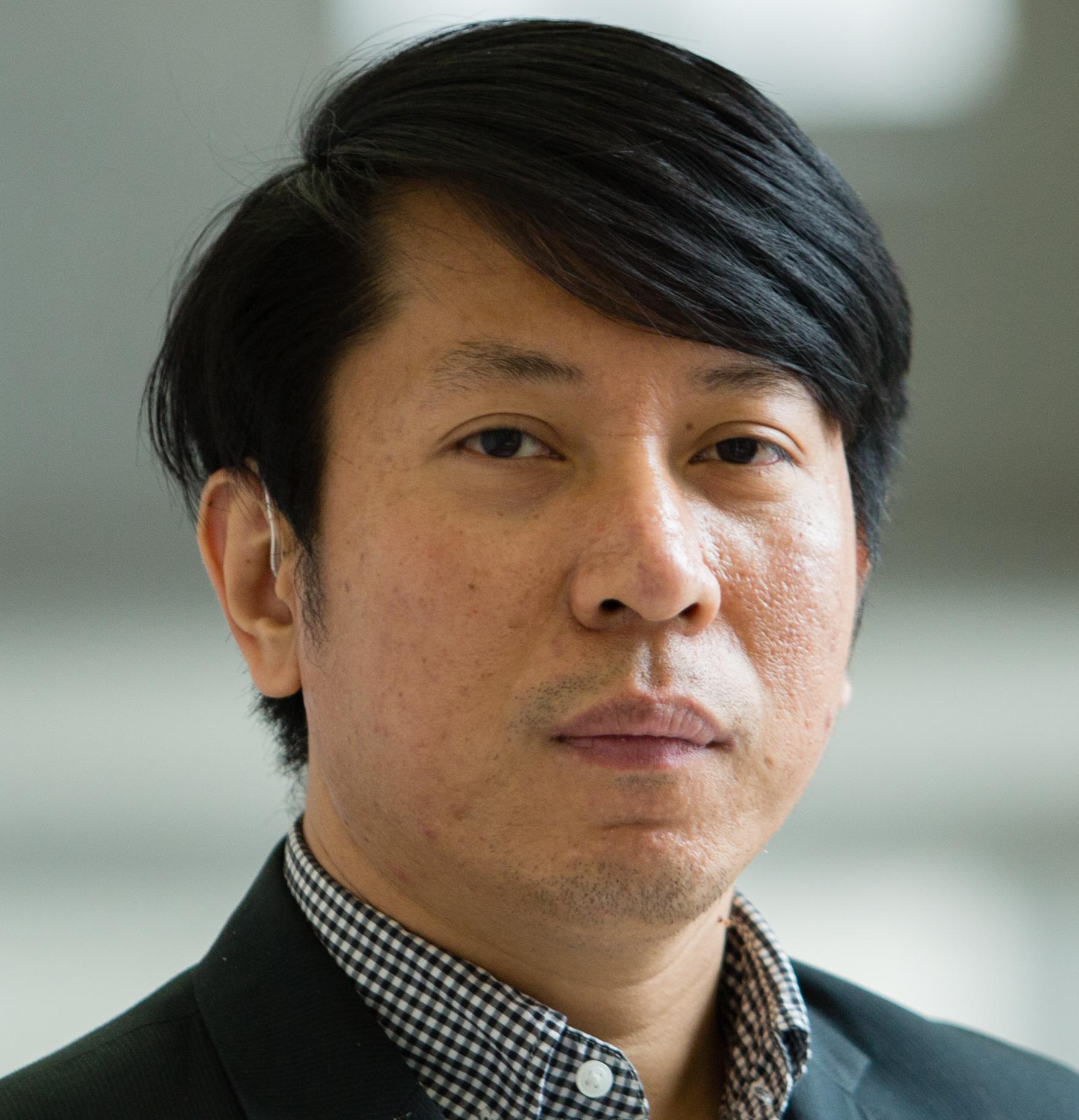The dispute over the small island chain in the East China Sea known as Senkaku in Japanese and Diaoyu in Chinese heated up this week after the Japanese government announced it would buy the islands from their private Japanese owners for around $30 million. China responded by sending two ships to the area and, according to state media, drawing up an "action plan" for the defense of the islands.
Americans may see this as a problem between two longtime Asian rivals with little need for U.S. involvement — and judging by Hillary Clinton's reception in Beijing last week, the Chinese government may see it that way too — but the fact is that the United States has played an integral role in the dispute from the beginning and will likely continue to be involved.
GlobalSecurity.org has a pretty good rundown on the history of the conflict. Like most of Asia's island disputes, the controversy emerged out of the redistribution of territory seized by Japan during World War II, though it has its origins in the first Sino-Japanese war in 1894-1895. According to the Chinese version of events, Diaoyu had been administered by Taiwan — which was ruled by imperial China — prior to the war, and was ceded to Japan along with Taiwan and the Pescadores after China's defeat in the war.
Japan claims that the uninhabited islands were never China's to give. They were never administered by China and therefore not part of the package of land ceded. Rather they were simply claimed as terra nullius by Japan in 1895, when the government placed a marker designating them as Japanese territory, and have been part of Japan's southern Nansei Shoto islands ever since. According to Japan, China never contested its claim to the islands until nearby energy deposits were discovered in the 1970s.
The U.S. entered the picture after Japan's defeat in World War II. The San Francisco Peace Treaty between Tokyo and the allies signed in 1951 does not mention Senkaku specifically, but states that "Japan will concur in any proposal of the United States to the United Nations to place under its trusteeship system, with the United States as the sole administering authority, Nansei Shoto south of 29deg. north latitude". This would seem to include Senkaku, and indeed the U.S. administered the islands for several years and the military used them for bombing practice. Neither the People's Republic of China nor Taiwan were invited to the conference and neither Beijing nor Taipei are parties to the treaty.
In 1971, the U.S. and Japan signed a treaty reverting Okinawa and the surrounding islands back to Japanese control, which stated "the United States of America relinquishes in favour of Japan all rights and interests under Article III of the Treaty of Peace with Japan signed at the City of San Francisco."
China points to its own agreement with the United States, the 1943 Cairo statement issued by Winston Churchill, Franklin Roosevelt and Chiang Kai-shek. The three leaders agreed that following the war, "Japan shall be stripped of all the islands in the Pacific which she has seized or occupied since the beginning of the first World War in 1914, and that all the territories Japan has stolen from the Chinese, such as Manchuria, Formosa, [Taiwan] and The Pescadores, shall be restored to the Republic of China." If you accept, as Beijing does, that Diaoyu was part of Chinese-ruled Taiwan prior to 1895, then that would indicate that it would be returned to China along with the other seized islands. (It would also mean that the U.S. military was bombing Chinese territory throughout the '50s and '60s, but that's another issue.)
Despite the history, the U.S. State Department has stated that "the US does not take a position on the question of the ultimate sovereignty of the Senkaku Islands." But further complicating matters is the 1960 Treaty of Mutual Cooperation and Security between the United States and Japan. According to Article 5 of the treaty, "Each Party recognizes that an armed attack against either Party in the territories under the administration of Japan would be dangerous to its own peace and safety and declares that it would act to meet the common danger in accordance with its constitutional provisions and processes."
According to an unnamed State Department official quoted by Japan's Kyodo news agency in July, the islands "fall within the scope of Article 5," meaning that if China took action to reassert its sovereignty over the islands, the U.S. would be obligated to intervene on Japan's behalf. If it did not take action, that could presumably be seen as a tacit acknowledgement that the islands are not part of Japanese territory.
In other words, it's going to get a lot more complicated. And whether we like it or not, Washington is involved.
Joshua Keating is associate editor at Foreign Policy and the editor of the Passport blog.
© 2012. Foreign Policy.
